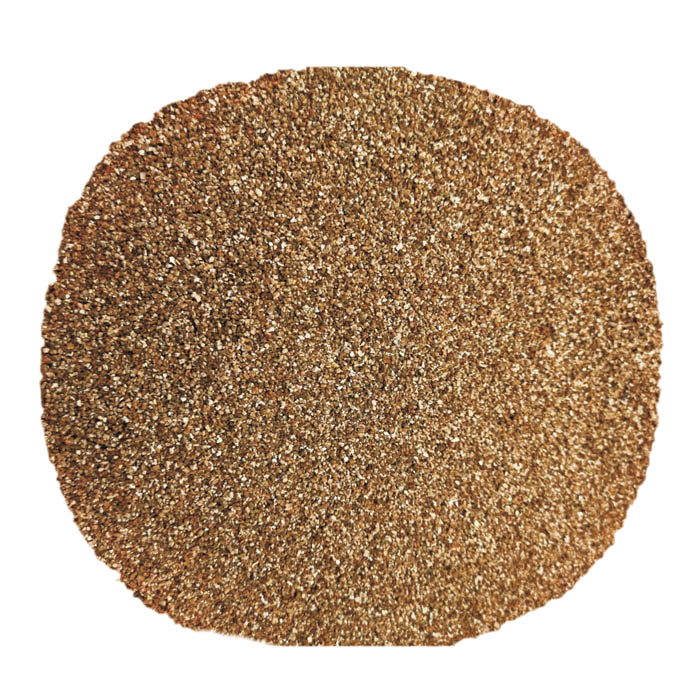Aug . 21, 2024 09:03 Back to list
Choosing the Right Exterior Materials for Building Walls
Building Wall Exterior Material An Overview
The exterior walls of a building play a crucial role not only in defining its aesthetic appeal but also in providing structural integrity, insulation, and protection from environmental elements. The choice of exterior wall material is one of the most fundamental decisions in architectural design, influencing everything from energy efficiency to maintenance requirements. This article explores various exterior wall materials commonly used in construction today, their benefits, and considerations for selection.
1. Brick
Brick has long been a favored exterior wall material due to its durability and low maintenance needs. Made from clay or shale, bricks offer excellent thermal mass, helping to regulate indoor temperatures by absorbing heat during the day and releasing it at night. Additionally, brick is fire-resistant, pest-resistant, and provides good sound insulation. However, the initial cost can be higher than other materials, and installation requires skilled labor.
2. Stone
Natural stone, such as granite, limestone, and slate, exudes elegance and permanence. Like brick, stone is incredibly durable and requires minimal maintenance. Its unique textures and colors can greatly enhance a building's aesthetics, making each project distinct. However, stone can be significantly more expensive than other materials and may require more substantial structural support due to its weight.
3. Vinyl Siding
Vinyl siding has gained immense popularity as a cost-effective alternative to traditional materials. It is lightweight, easy to install, and available in a plethora of colors and styles. Vinyl is also resistant to moisture, insects, and decay, requiring less upkeep over time compared to wood or brick. However, it may not be as durable as other materials and can fade over time when exposed to direct sunlight.
4. Wood
building wall exterior material

Wood has an undeniable charm and warmth that appeal to many homeowners. Its versatility allows for a range of styles, from rustic to contemporary. Wood can be treated and stained in numerous ways, offering a personalized appearance. However, it requires more maintenance than other materials, as it is susceptible to rot, pests, and weathering. It is also essential to choose sustainably sourced wood to minimize environmental impact.
5. Stucco
Stucco is a cement-based material that provides a seamless, smooth finish to a building’s exterior. It is highly versatile and can be textured or painted in various colors. Stucco is resilient against fire and is an excellent insulator. While it is generally low maintenance, it can crack over time, especially in regions with significant temperature fluctuations, requiring periodic repairs.
6. Concrete
Concrete walls, either precast or poured in place, offer superior durability and strength. This material is remarkably versatile, allowing for various finishes, from smooth and polished to textured. Concrete is also energy-efficient, providing excellent insulation when designed with the right thickness. However, it can be prone to cracking if not properly cured and reinforced during installation.
7. Metal
Metal siding, typically made from steel or aluminum, is increasingly popular due to its sleek appearance and longevity. It is resistant to rot, pests, and fire and can withstand extreme weather conditions. Furthermore, metal is often recyclable, making it a sustainable choice. However, its initial installation cost can be higher, and it may require insulation to ensure energy efficiency, as metal can conduct heat.
Conclusion
Selecting the right exterior wall material is critical in any construction project. Decisions should be based on various factors, including climate, aesthetic preferences, budget, and maintenance requirements. Each material has its unique benefits and considerations, and often a combination is used to achieve the desired outcome. Ultimately, the chosen materials will significantly impact the building's performance, appearance, and longevity, making it essential to approach this decision thoughtfully.
-
Eco-Friendly Granule Covering Agent | Dust & Caking Control
NewsAug.06,2025
-
Fe-C Composite Pellets for BOF: High-Efficiency & Cost-Saving
NewsAug.05,2025
-
Premium Tundish Covering Agents Exporters | High Purity
NewsAug.04,2025
-
Fe-C Composite Pellets for BOF | Efficient & Economical
NewsAug.03,2025
-
Top Tundish Covering Agent Exporters | Premium Quality Solutions
NewsAug.02,2025
-
First Bauxite Exporters | AI-Optimized Supply
NewsAug.01,2025
